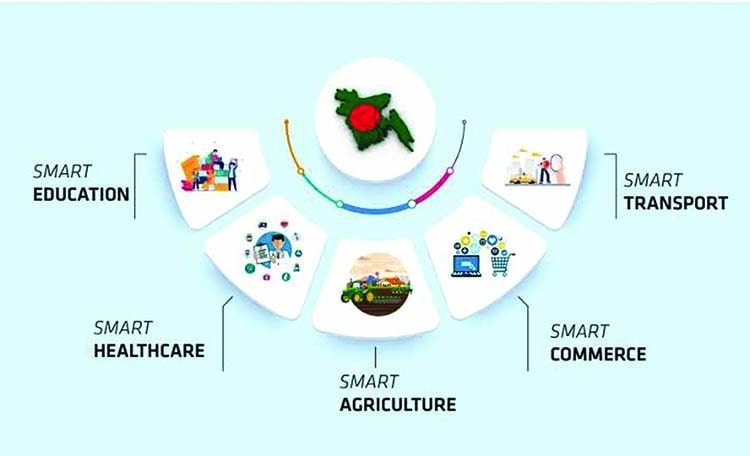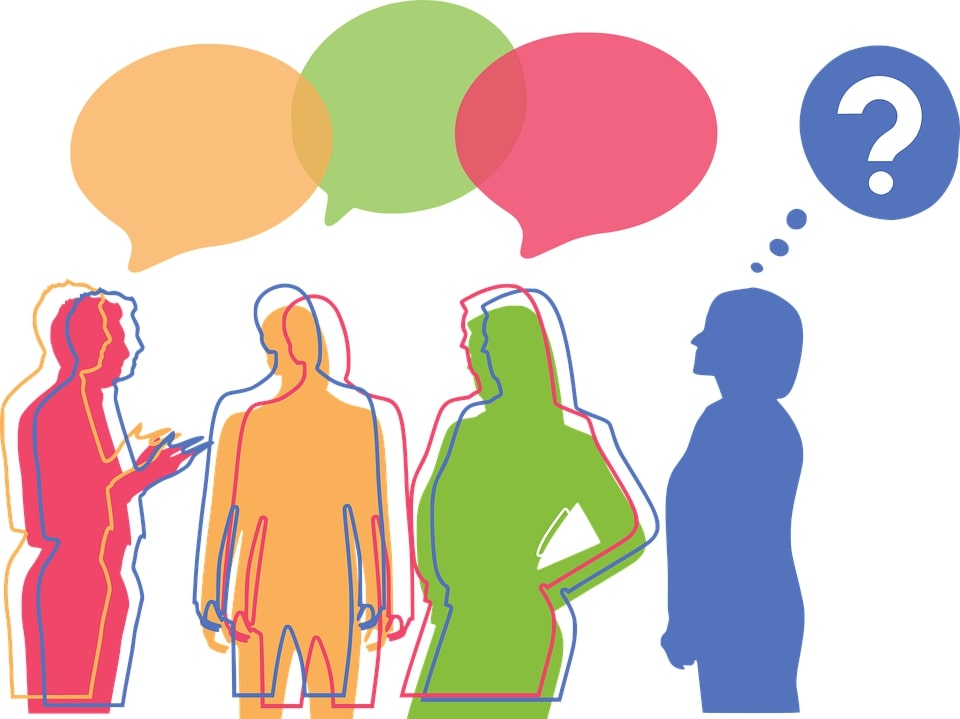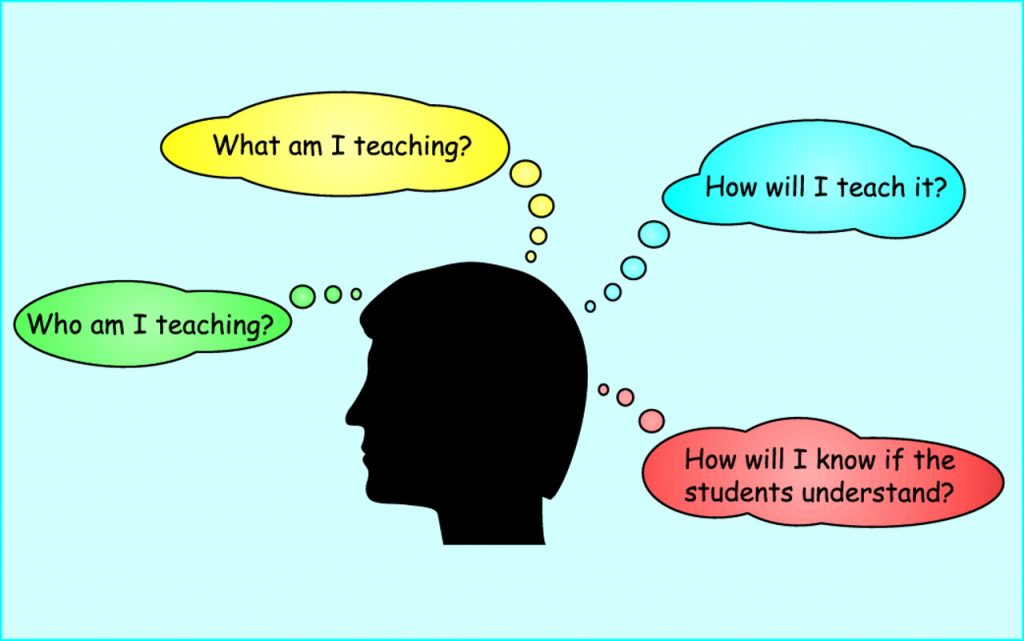Language is an essential aspect of human communication, influencing every aspect of our daily lives. It is through language that we express our thoughts, convey information, and establish social connections. Applied Linguistics, as a field of study, examines the practical applications of linguistic theories and research to real-world contexts. This interdisciplinary discipline draws upon insights from linguistics, psychology, sociology, anthropology, and education to address a wide range of language-related issues. This article aims to provide an overview of applied linguistics, its subfields, and its significant contributions to various areas of society.
Table of contents
- 1. Introduction to Applied Linguistics
- 2. Subfields of Applied Linguistics
- 3. Applied Linguistics in Practice
- 4. Applied Linguistics in Professional Contexts
- 5. Conclusion
- References
1. Introduction to Applied Linguistics
1.1. Definition of Applied Linguistics
Applied Linguistics is a field that focuses on the practical applications of linguistic knowledge and research findings to address real-life language-related issues. It involves the study of language in use and seeks to understand how language functions in various contexts. Applied linguists employ theoretical frameworks and research methods to explore language phenomena and develop practical solutions.
1.2. Historical Development and Evolution of the Field
The field of Applied Linguistics has evolved over time, influenced by advancements in linguistic theory, language teaching methodologies, and societal needs. Its roots can be traced back to the early 20th century when scholars began exploring the practical implications of linguistic research in language teaching. The field gained recognition and expanded in the mid-20th century with the emergence of disciplines such as psycholinguistics, sociolinguistics, and discourse analysis. Today, Applied Linguistics encompasses a broad range of subfields and continues to evolve in response to societal changes and technological advancements.
1.3. The Scope and Importance of Applied Linguistics
Applied Linguistics encompasses a wide range of language-related issues and practical applications. It investigates language acquisition and learning, language teaching and pedagogy, sociolinguistics and language variation, psycholinguistics and cognitive processes, corpus linguistics and discourse analysis, language assessment and testing, language policy and planning, translation and interpreting, and language use in professional contexts. By addressing these areas, Applied Linguistics plays a crucial role in enhancing language education, promoting effective communication, fostering intercultural understanding, and informing language policies.

2. Subfields of Applied Linguistics
2.1. Language Acquisition and Learning
2.1.1. Second Language Acquisition
Second Language Acquisition (SLA) examines the process by which individuals acquire proficiency in a second language. It investigates factors influencing language acquisition, such as age, cognitive abilities, motivation, and learning environments. SLA research contributes to the development of effective language teaching methodologies and instructional materials.
2.1.2. Bilingualism and Multilingualism
Bilingualism and Multilingualism focus on the study of individuals who use two or more languages in their daily lives. This subfield investigates language use, language choice, language attitudes, and the cognitive benefits of bilingualism. Understanding bilingualism and multilingualism is crucial for developing language policies that support linguistic diversity and promote language maintenance.
2.1.3. Language Learning Strategies
Language Learning Strategies research examines the various cognitive and metacognitive strategies learners employ to enhance their language learning process. It explores the effectiveness of different strategies and their impact on language proficiency. This subfield provides valuable insights for language teachers to guide learners in developing effective learning strategies.
2.2. Language Teaching and Pedagogy
2.2.1. Communicative Language Teaching
Communicative Language Teaching (CLT) emphasizes the use of language for meaningful communication. It focuses on developing learners’ communicative competence by integrating the four language skills: speaking, listening, reading, and writing. CLT promotes interactive and learner-centered approaches to language instruction.
2.2.2. Task-Based Language Teaching
Task-Based Language Teaching (TBLT) centers on learners completing meaningful tasks as the basis for language learning. It encourages learners to engage in real-life language use and problem-solving activities. TBLT promotes the integration of language skills and the development of communicative competence.
2.2.3. Technology-Enhanced Language Learning
Technology-Enhanced Language Learning explores the use of technology in language teaching and learning. It investigates the impact of computer-assisted language learning (CALL), online resources, mobile applications, and virtual learning environments on language acquisition. This subfield explores innovative approaches to enhance language learning opportunities through technology.
2.3. Sociolinguistics and Language Variation
2.3.1. Language and Society
Sociolinguistics investigates the relationship between language and society, exploring how social factors such as class, ethnicity, gender, and age influence language variation and language use. It examines language attitudes, language policy, language planning, and the role of language in identity construction.
2.3.2. Dialects and Regional Variation
Dialectology focuses on the study of dialects and regional variation within languages. It investigates regional accents, dialectal differences in grammar and vocabulary, and language change over time. Understanding dialects and regional variation contributes to effective communication and the appreciation of linguistic diversity.
2.3.3. Language Attitudes and Identity
Language Attitudes and Identity research explores individuals’ attitudes towards different languages and dialects and the impact of language on personal and group identity. It investigates language ideologies, language discrimination, and language revitalization efforts. This subfield contributes to fostering inclusive and respectful language practices.
2.4. Psycholinguistics and Cognitive Processes
2.4.1.Language Processing and Comprehension
Psycholinguistics examines how humans process and understand language. It investigates the cognitive processes involved in speech perception, sentence processing, and meaning construction. Psycholinguistic research helps in understanding language disorders, language development, and the nature of language comprehension.
2.4.2. Speech Perception and Production
Speech Perception and Production research focuses on the mechanisms involved in perceiving and producing speech sounds. It investigates speech perception models, phonetic variation, speech disorders, and the relationship between speech production and language acquisition. This subfield contributes to improving speech recognition technology and speech therapy interventions.
2.4.3. Language Disorders and Impairments
Language Disorders and Impairments research examines language-related difficulties experienced by individuals with communication disorders. It investigates language disorders such as aphasia, developmental language disorders, and specific language impairments. This subfield contributes to the development of effective assessment and intervention strategies for individuals with language impairments.
2.5. Corpus Linguistics and Discourse Analysis
2.5.1. Textual Analysis and Genre Studies
Corpus Linguistics analyzes large collections of written and spoken texts (corpora) to uncover patterns of language use. It investigates language variation, discourse structures, and genre-specific language features. This subfield provides insights into language use in specific domains, such as academic writing, legal discourse, and business communication.
2.5.2.Pragmatics and Speech Act Theory
Pragmatics explores how context influences language use and interpretation. It investigates speech acts, implicature, politeness, and cross-cultural pragmatics. Pragmatic research enhances our understanding of how meaning is negotiated in communication.
2.5.3. Critical Discourse Analysis
Critical Discourse Analysis (CDA) examines the social and ideological aspects of language use. It investigates power relations, social inequality, and the representation of social groups in discourse. CDA contributes to uncovering hidden ideologies and promoting social justice through language.
3. Applied Linguistics in Practice
3.1. Language Assessment and Testing
3.1.1. Standardized Language Proficiency Tests
Standardized language tests, such as the TOEFL and IELTS, assess individuals’ language proficiency for academic or immigration purposes. Language assessment research focuses on test validity, reliability, and fairness.
3.1.2. Classroom-Based Assessment
Classroom-Based Assessment explores various assessment methods employed by teachers to monitor learners’ language development. It includes formative assessments, portfolios, and performance-based assessments. Classroom assessment research supports effective teaching and learning practices.
3.1.3. Language Assessment for Specific Purposes
Language Assessment for Specific Purposes investigates the development of language tests tailored to specific professional domains, such as healthcare, business, or aviation. It ensures that language assessments align with the language demands of specific contexts.
3.2. Language Policy and Planning
3.2.1. Language-in-Education Policies
Language-in-Education Policies examine the choices made regarding the languages used in educational settings. It investigates bilingual education programs, language immersion, and language revitalization efforts. Language policy research informs decisions regarding language instruction and supports linguistic diversity.
3.2.2. Language Revitalization and Endangerment
Language Revitalization and Endangerment research focuses on endangered languages and efforts to preserve and revitalize them. It explores language documentation, language maintenance strategies, and community-based language revitalization programs. This subfield contributes to preserving linguistic heritage and promoting language revitalization initiatives.
3.2.3. Language Policy and Social Justice
Language Policy and Social Justice research explores the impact of language policies on marginalized communities. It investigates language rights, language access, and the social implications of language discrimination. This subfield aims to promote inclusive language policies that respect linguistic diversity and support social justice.
3.3. Translation and Interpreting
3.3.1. Literary Translation
Literary Translation focuses on the translation of literary works, including novels, poetry, and plays. It explores the challenges of preserving the artistic and cultural aspects of the source text while creating an engaging target text.
3.3.2. Legal and Medical Interpreting
Legal and Medical Interpreting examines the specialized skills required for interpreting in legal and medical settings. It investigates the ethical considerations, accuracy, and cultural competence necessary for effective interpretation in these domains.
3.3.3. Machine Translation and Language Technology
Machine Translation and Language Technology research explores the development of computer-based translation systems and language processing tools. It investigates the challenges of machine translation accuracy, natural language processing, and the integration of technology in translation processes.
4. Applied Linguistics in Professional Contexts
4.1. Business and Intercultural Communication
4.1.1 Cross-Cultural Communication Skills
Cross-Cultural Communication Skills research focuses on developing effective communication strategies across cultures. It explores cultural norms, intercultural competence, and the impact of cultural differences on business communication.
4.1.2. Language and Global Business
Language and Global Business research examines the role of language in international business contexts. It investigates language strategies for global marketing, negotiation, and intercultural business communication. Understanding the language requirements of global business contributes to successful international interactions.
4.1.3. Intercultural Competence Training
Intercultural Competence Training aims to develop individuals’ ability to navigate and communicate effectively in diverse cultural contexts. It explores intercultural communication theories, cultural awareness, and the development of intercultural competence skills.
4.2. Language and Law
4.2.1. Forensic Linguistics
Forensic Linguistics applies linguistic analysis to legal contexts. It investigates language evidence, authorship attribution, and the role of language in legal proceedings. Forensic linguistics contributes to solving language-related crimes and ensuring linguistic fairness in the legal system.
4.2.2. Language Rights and Legal Discourse
Language Rights and Legal Discourse research explores the intersection of language, law, and human rights. It investigates language policies, language rights violations, and the role of language in legal decision-making. This subfield aims to protect linguistic rights and promote access to justice.
4.2.3. Language and Jury Decision-Making
Language and Jury Decision-Making research examines how language influences jurors’ understanding and interpretation of legal proceedings. It investigates the impact of language use, linguistic biases, and the presentation of evidence on jury deliberations and verdicts.
4.3. Healthcare and Medical Communication
4.3.1. Health Literacy and Patient Education
Health Literacy and Patient Education research focuses on promoting effective communication between healthcare professionals and patients. It investigates health literacy levels, patient-centered communication, and the development of patient education materials.
4.3.2. Medical Discourse and Terminology
Medical Discourse and Terminology research explores the language used in medical settings. It investigates medical discourse structures, doctor-patient communication, and the development of specialized medical terminology. This subfield contributes to enhancing communication in healthcare contexts.
4.3.3. Intercultural Communication in Healthcare
Intercultural Communication in Healthcare examines the challenges and strategies for effective communication in multicultural healthcare settings. It explores cultural competence, interpreter-mediated communication, and the impact of cultural differences on healthcare outcomes.
5. Conclusion
Applied Linguistics encompasses a diverse range of subfields and applications that contribute to our understanding of language and its practical use. From language teaching and learning to language policy and communication in professional contexts, applied linguistics plays a crucial role in enhancing communication, promoting intercultural understanding, and addressing language-related challenges. By combining theoretical insights with real-world applications, applied linguistics continues to make significant contributions to various areas of society. Through ongoing research and collaboration, the field will continue to evolve and provide valuable insights for effective language use in an increasingly interconnected world.
References
- Baker, C. (2016). Foundations of bilingual education and bilingualism. Multilingual Matters.
- Canagarajah, S. (2018). Translingual practice: Global Englishes and cosmopolitan relations. Routledge.
- Cook, V. (2003). Applied linguistics. Oxford University Press.
- Crystal, D. (2003). English as a global language. Cambridge University Press.
- Gass, S. M., & Selinker, L. (Eds.). (2020). Second language acquisition: An introductory course. Routledge.
- Graddol, D., & Swann, J. (2017). Language in the world: A global perspective. Routledge.
- Hall, C. J. (2013). An introduction to language and linguistics. Routledge.
- Nunan, D. (2018). Research methods in language learning. Cambridge University Press.
- Seidlhofer, B. (2011). Understanding English as a lingua franca. Oxford University Press.
- Widdowson, H. G. (2017). Discourse analysis. Oxford University Press.
- Wilkinson, R., & Walsh, S. (2018). Integrating language and content in language teacher education. Routledge.



 For all latest articles, follow on Google News
For all latest articles, follow on Google News